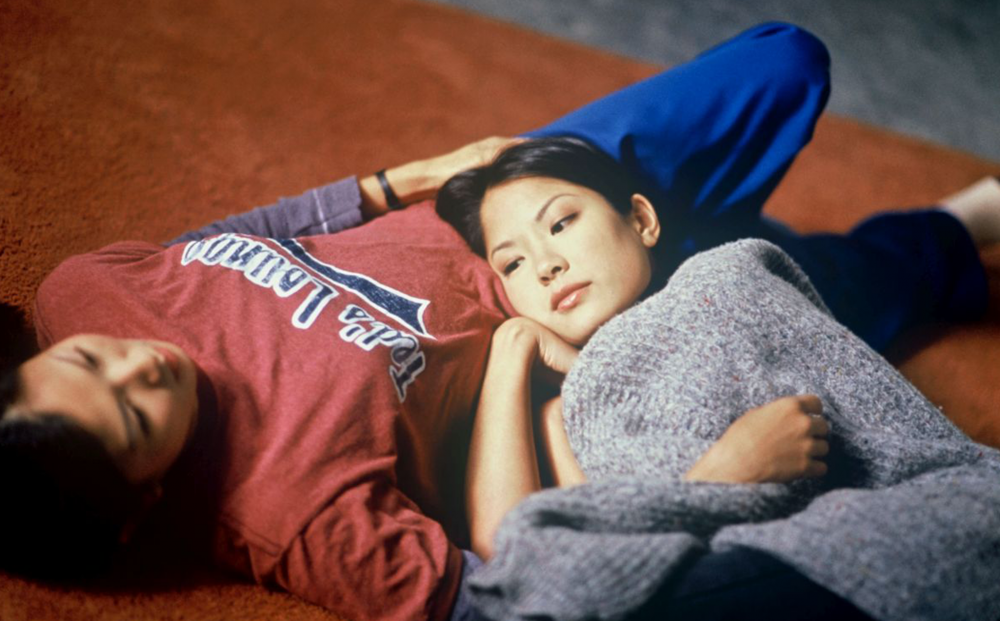Warning: This article contains spoilers for Saving Face.

As I settled in for another cozy movie night, I scrolled through lists of the best queer movies. Call Me by Your Name. Booksmart. But I’m a Cheerleader. All so wonderful, and yet, all so white. I’d seen The Half of It before (more than once, in fact) and after that, I was convinced that there was a never-to-be-filled drought of queer movies featuring Asian characters. So it was a happy surprise when I stumbled across Saving Face, a title that somehow never made any of the “Best Queer Movies” lists.
Released in 2004, Saving Face was the first Hollywood movie since The Joy Luck Club in 1993 to center around the lives of Chinese Americans. The story follows three principal characters: Dr. Wilhelmina “Wil” Pang, her mother Hwei Lan, and her lover, Vivian. Wil is a closeted lesbian, dragged into meeting men at the restaurant Planet China by her mother. At the restaurant, she meets Vivian, Wil’s boss’s daughter. Their romance begins to blossom, but soon Wil finds out that her widowed mother is pregnant out of wedlock by a man she refuses to reveal the identity of. Balancing her mother’s hysteria with her growing love for Vivian, Wil begins
to bridge the gap between Chinese tradition and her true identity.
After I got over my sheepishness about not having watched the film before, I found myself drawn in by each character’s complexity. Hwei Lan was an especially interesting character to watch; the juxtaposition between a stereotypical angry, uptight Asian woman and her vulnerable, frantic nature made her story seem not only authentic but immersive. Vivian and Wil, although more cookie-cutter than Hwei Lan, were still intricately crafted personalities that complemented each other throughout the film.
The movie also does a great job of displaying Chinese characters and traditions in a genuine (if a bit humorous) way. Little Yu, a friend of Wil’s and later revealed to be the father of Hwei Lan’s child, gives Wil Chinese herbs in a mailing bag to heal her mother’s ailments. Aunties gossip in Mandarin at a local hair salon, and Hwei Lan’s emotional conversations with her parents speak to the traditional values of reputation and filial piety. However, the film does a subpar job depicting the one Black character: Jay, Wil’s next-door neighbor. Clearly for comic relief, in one scene Jay walks into the house with his shoes on and slurps down dinner much to the dismay of Hwei-Lan. Despite this, the actor, Ato Essandoh, managed to portray Jay as a supportive and likable character.
Although I admired the detailed plot in the beginning, I found myself unsatisfied with the cliche ending of the movie. Wil crashes her mother’s wedding to a man she doesn’t truly love, and the two escape in a taxi so that Wil can profess her love to Vivian at the airport. Although Vivian leaves without rekindling their relationship, she meets Wil at another Planet China event where the two end up sharing a kiss. I’d expected a happy ending, but after the heartbreak I’d gone through while watching the movie, I was jolted by the uber-Hollywood final minutes of the story.
Overall, I would still recommend Saving Face to anyone interested in a movie that not only accurately portrays, but also uplifts queer people of color. It’s not perfect, but it’s a hidden treasure that anyone weeding through today’s junky films would be grateful to find.
